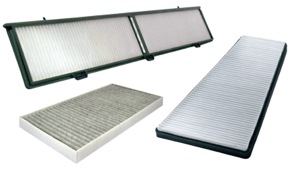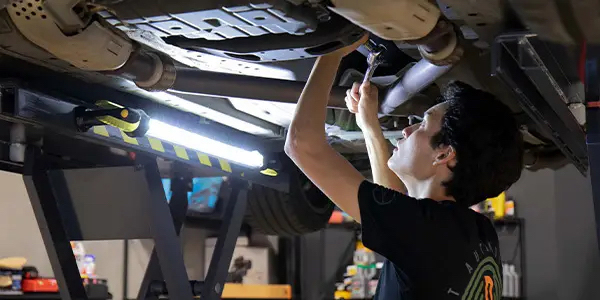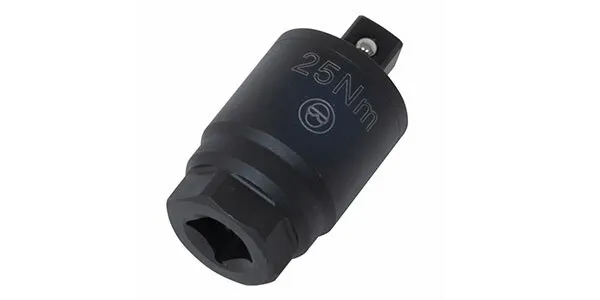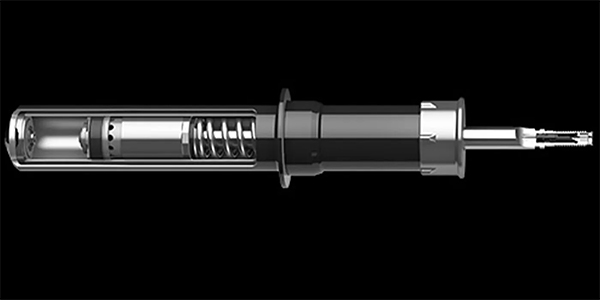BROADVIEW, Ill. – With more and more OEMs offering cabin air filters in their vehicles,Bosch says it is expanding in this fast-growing product segment with new part numbers. The Bosch Workshop Cabin Air Filter line has expanded to include 23 new part numbers that cover 17.6 million additional vehicles in North America – domestic, European and Asian – with the same fit and function as OE cabin air filters, according to the company.
 “Cabin air filters keep the air inside a vehicle clean and comfortable by capturing pollen, dust, dirt and harmful contaminants that enter the cabin through the heating and air conditioning vents,” said John King, product manager, filtration, Robert Bosch LLC.
“Cabin air filters keep the air inside a vehicle clean and comfortable by capturing pollen, dust, dirt and harmful contaminants that enter the cabin through the heating and air conditioning vents,” said John King, product manager, filtration, Robert Bosch LLC.
According to King, Bosch Workshop Cabin Air Filters specifically target repair shops through traditional distribution channels and are efficient in capturing contaminants down to 30 microns or larger. One micron is one-millionth of a meter.
Two types of cabin air filters are available from Bosch – standard particulate filters and activated charcoal filters. Particulate filters feature specially engineered mold-resistant media for optimum performance. Activated charcoal filters also provide maximum absorption of foul smelling gases such as ozone, nitrogen oxide, sulfur dioxide and hydrocarbons.
“Bosch Workshop Cabin Air Filters come in the red and yellow Bosch packaging familiar to automotive technicians in most countries around the world,” said King. “More importantly, as customer awareness and demand for regular replacement of cabin air filters grows, these OEM design filters provide a repair shop the ability to offer Bosch-level fit and function for improved customer service and profitability.”
The Bosch Workshop line of cabin air filters comprises more than 150 SKUs that offer more than 90 percent coverage for all vehicles in operation (VIO) in North America, 1994-2011. For best results, Bosch recommends replacing a vehicle’s cabin air filter every 12 to 15,000 miles or once a year.













